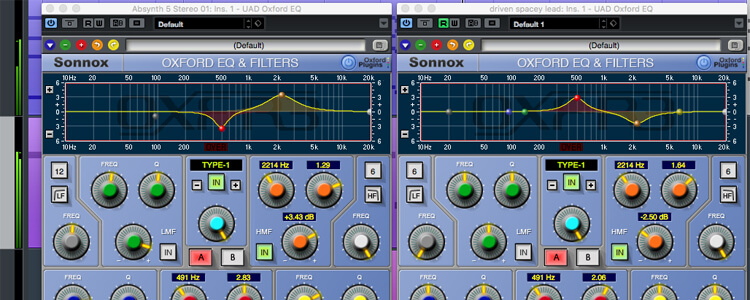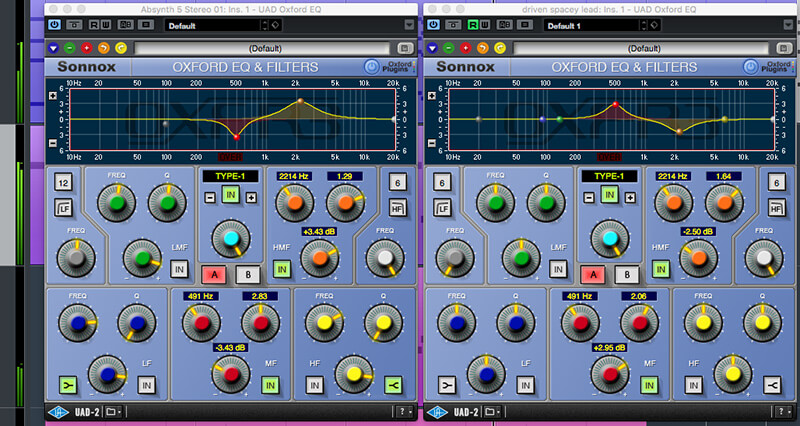Technique of the Week: How to Separate Tonally Similar Parts Using EQ
Adam Crute takes the reins for the latest Technique of the Week, where he shows us how to separate tonally similar parts using EQ… It’s common, when producing music, to end up with two or more instruments or parts in a mix that have a similar tonal make-up, or that occupy a similar frequency range […]

Adam Crute takes the reins for the latest Technique of the Week, where he shows us how to separate tonally similar parts using EQ…

It’s common, when producing music, to end up with two or more instruments or parts in a mix that have a similar tonal make-up, or that occupy a similar frequency range within the overall frequency spectrum of the mix – multiple guitar parts, stacked synth lines, kick drums and basslines, and so-on. When this happens, it can be hard to make the parts audible and distinct within the mix, because turning up one simply drowns out the others.
A good solution here is to use a parametric EQ to boost a frequency in each competing part that you cut in the others. For example, if you have two guitar parts that are getting in each other’s way, you could boost at 4kHz and cut at 1kHz in one of the parts, and boost at 1kHz and cut at 4kHz in the other. It’s a bit like cutting holes in the frequency spectrum through which each part can peep.
When working in this way, you may notice that – when solo’d – the EQ on the parts makes them sound a bit odd or unpleasant, but keep in mind that what’s important is how the parts sound in the context of the mix, not how they sound in isolation.